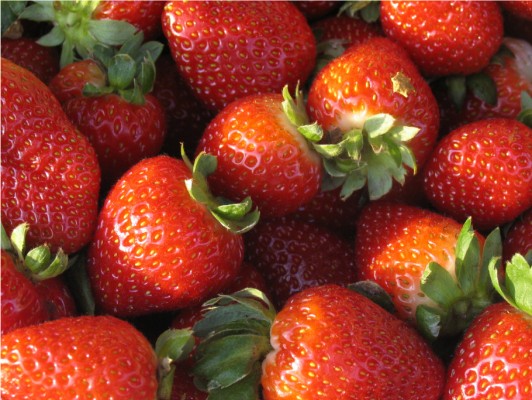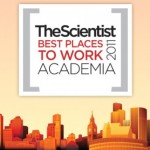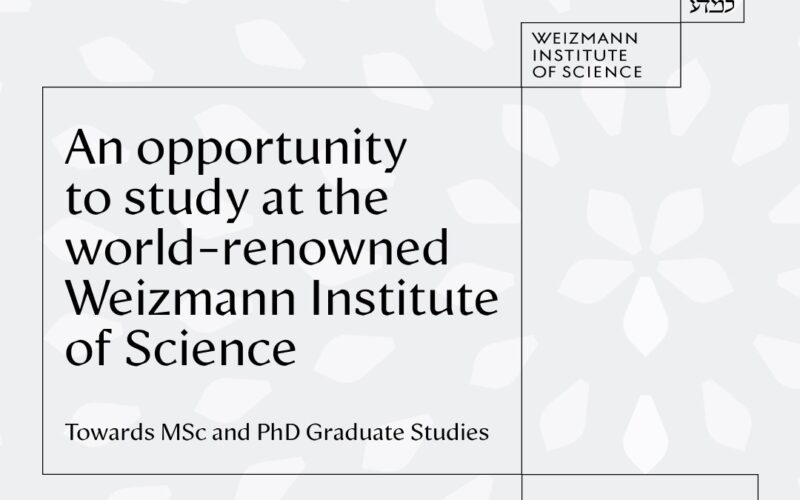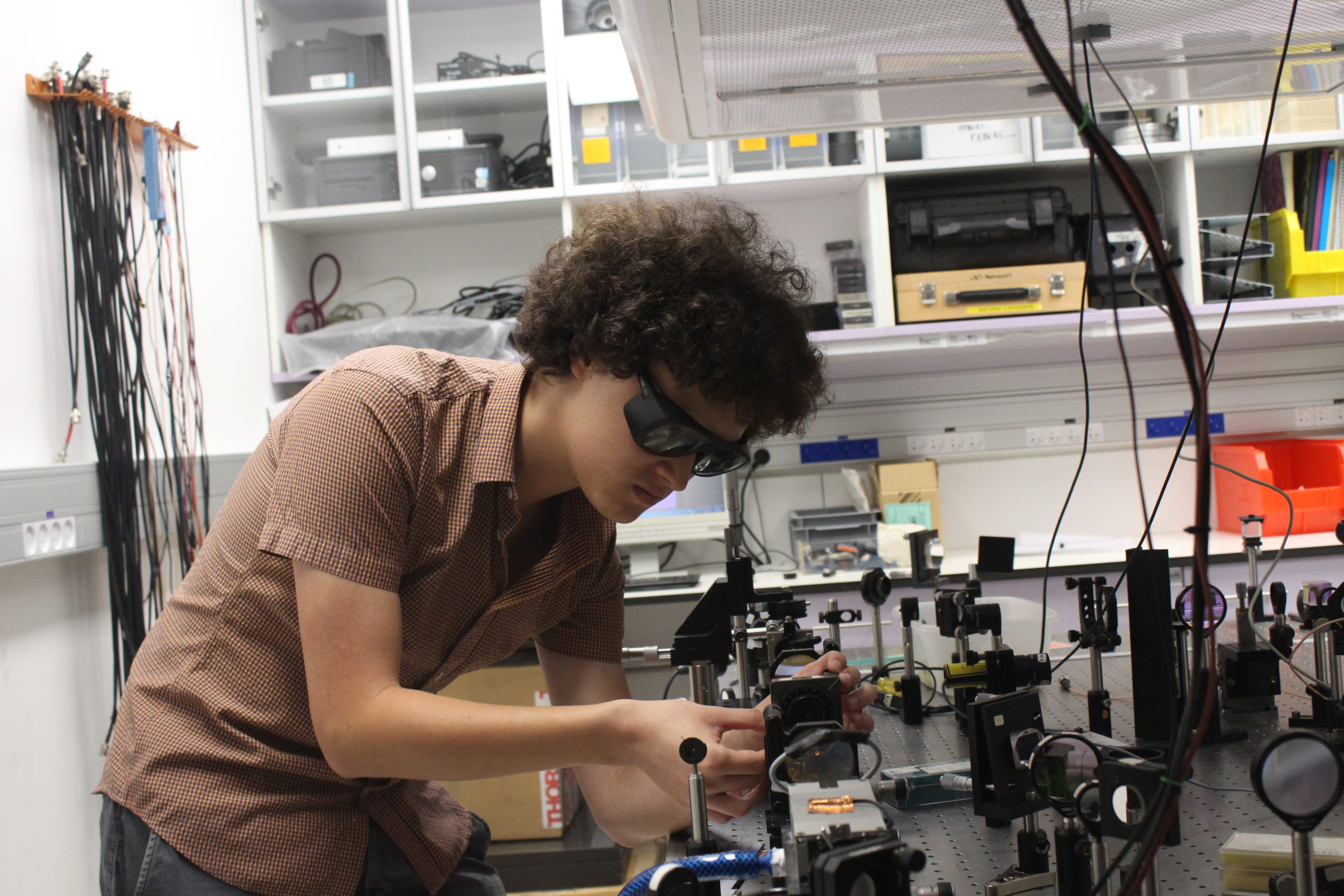
December 27, 2010
In a collaborative effort involving 74 researchers from 38 research institutes, scientists have produced the full genome of a wild strawberry plant. The research appeared this month in Nature Genetics.
Drs. Asaph Aharoni and Avital Adato of the Weizmann Institute’s Plant Sciences Department were the sole Israeli scientists participating in the project, but they made a major contribution in mapping the genes and gene families responsible for the strawberry’s flavor and aroma.
The woodland strawberry (Fragaria vesca) is closely related to garden-variety cultivated strawberry. The fruit of this berry contains large amounts of anti-oxidants (mainly tannins, the substances that give wine their astringency), as well as vitamins A, C and B12 and minerals – potassium, calcium and magnesium. In addition, the strawberry fruit is uniquely rich in substances for flavor and aroma.
Participation in this project is something of a circle closer for Aharoni: For a number of years he has been investigating the metabolic pathways of ripening, in which the substance that give the fruit its flavor and aroma are produced. Aharoni was one of the first to use biological chips to analyze the genetic networks involved in creating these substances. He has also conducted a comparative analysis of these genes in wild and cultivated plants, looking for the differences. Now that the full genome of the wild strawberry plant is available for research, he is able not only to conduct deeper and broader investigations, but to shed new light on some of his past findings. Thus, for instance, in carrying out a computerized analysis of the woodland strawberry genome, Adato was able to place an enzyme that Aharoni had previously characterized in a relatively small enzyme family. This small family is responsible for the production of a large number of aromatic substances, and the finding helped clarify their means of production.
Aharoni hopes that, among other things, the newly sequenced genome will help scientists understand how to return the flavors and aromas that have been lost over years of breeding in the cultivated cousin of the wild strawberry. The intense, concentrated aroma and flavor of the woodland strawberry are, he says, something to aspire to.
The woodland strawberry has now joined the elite list of plants, including rice, grapes and soya, which have had their genomes sequenced. The length of the genome is about 240 million bases and contains around 35,000 genes. (In comparison, the human genome has three billion bases, but only 23,000 genes.) The woodland strawberry genome is relatively short, simple and easy to manipulate, and the plant grows quickly and easily. These qualities make it an ideal model plant that might provide insight into other related agricultural crops (the rose family) including cultivated strawberries, and such fruit trees as apples, peaches, cherries and almonds.





